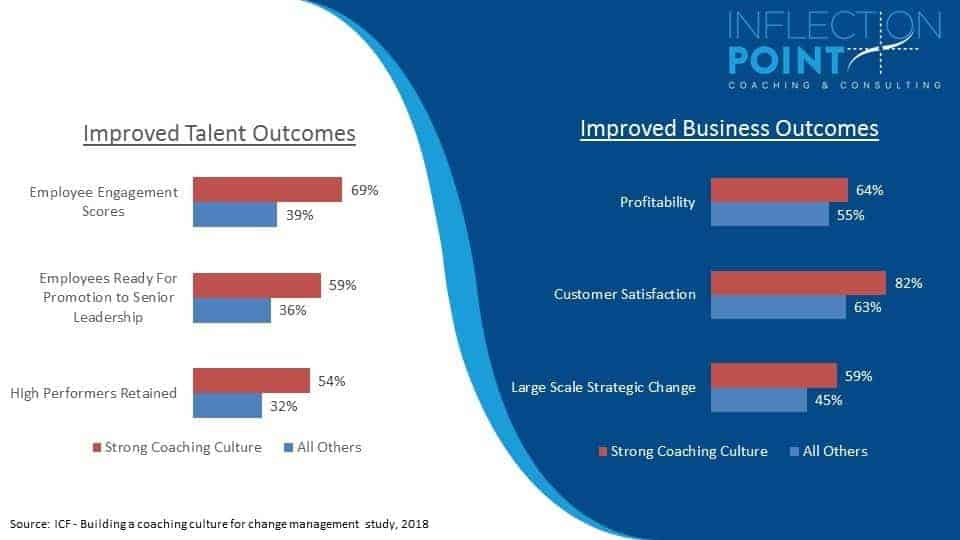By Sam North, founder, Inflection Point
Picture this: you’re onsite in two weeks and the request for your three-year plan (numbers and narrative) comes in – due by Friday…
You absolutely have to meet the deadline, and you will, just as long as your team do what you’ve told them to do, and then leave you alone to get your head down.
You start to panic as inspiration doesn’t come to you as quickly as it needs to. The size of the mountain you have to climb sets in, and you realise you’re out of your depth and alone.
To top it off your emails are pinging like crazy today and you’re getting trivial questions from your team managers. You’ve explicitly told them you need peace and quiet. Why can’t they just support you and deal with the issues themselves?
They have no idea of the stress you’re under!
Sound familiar?
If it does, then I might be right in guessing your thought process goes a bit like the below…
- “Why can’t my team see I’m busy – why are they adding more to my plate?”
- “Why don’t my team understand ‘The Plan’?”
- “I’d ask for their help, but it’ll be much quicker if I just do it myself rather than explaining it”
- “If I delegate, I just can’t trust that things will get done correctly”
The bigger picture
The reality is, that although you might feel unsupported by your team in scenarios like the above, if they aren’t performing how you want them to, it’s you who has let them down.
Whilst making a commitment to change these dynamics may sound time consuming, I urge you to have a look at the bigger picture. If you continue down this path, not only are you going to keep putting yourself under a huge amount of pressure, your staff are going to feel un-engaged and demotivated as they’re not going to feel like a valuable cog in your machine.
Your managers are simply going to stop performing and maybe even quit – tired of trying to guess the best course of action and getting an earful if they get it wrong. You’re going to have to waste more time getting new people up to speed and, as a result of all this, your business outcomes will suffer.
Needless to say, with markets, customer needs and staff motivation changing as fast as they are now, this approach has major risks.
Happy talent, happy business
Please remember – as senior management, the issue with playing this game is that you’re starting a war you are never going to win. Your stakes are higher, so rather than getting frustrated and snappy, it is far more constructive to introduce a coaching culture to your business.
I frequently remind my clients this at Inflection Point. By building a coaching culture, not only are you making your team happy, giving them greater job satisfaction and opportunities, your business will also greatly improve when responsibility and accountability sit equally throughout your management layers.
And if you needed another reason to get on board with coaching, as well as proven results like those in the slide below it makes work easier and more fun for everyone involved.
How to build a coaching culture
Whilst I recommend bespoke coaching solutions on a case-by-case basis, the fundamental phases of how to build a coaching culture are as follows.
Phase one: Preparation
- Commit: You need to (really) commit to the action of developing your staff – this is going to take time, consistent effort and understanding. Half-hearted or short-term attempts just won’t cut it.
- Communicate: As with all relationships the first point of action is to open up communication. Start by having simple, but powerful conversations that move the ownership to sit with your team from the outset.
- Delegate: Early and clearly. Establish what ownership and accountability means so that everyone is on the same page.
Phase two: Implementation
- Keep the ownership with them: Remember that whilst you aren’t chucking your team off in the deep end, they do need to learn to swim! When they come back to you for advice, use questions like “remind me what the goal is”, or “what’s my role in helping you achieve this?”The balance will slowly but surely move.
- Listen: Take the time to check back to help develop their ideas. With questions like, “What have you already tried?”you’ll be surprised how much you’ll learn.
- Encourage: Make sure you’re asking them the right questions so that they work out solutions for themselves; “What are your next steps?”or “Do you need anything from me?”
Ready to really lead?
Finally, let me leave you with this fantastic video which features US Navy Captain, David Marquet’s talk on Greatness, based on his book, ‘Turn the Ship Around’.
It animates how even a nuclear submarine can change from a command and control structure to a high-performing, accountable and seriously motivated team.
“If leaders are great, they embed that greatness in others.”
Let’s do it.
Establishing a coaching culture will need a bit of investment from you in the beginning, but before long you will notice the switch in responsibility. Just remember, with coaching the more you give, the more you get back – both personally and professionally.











